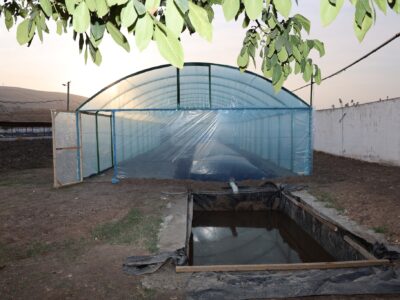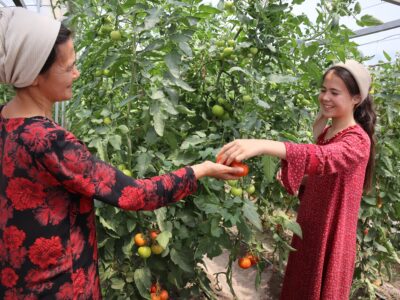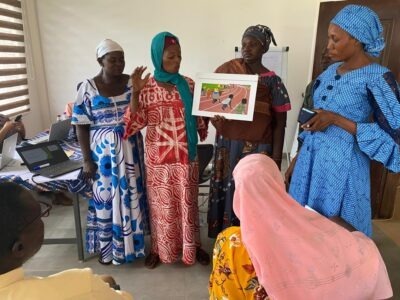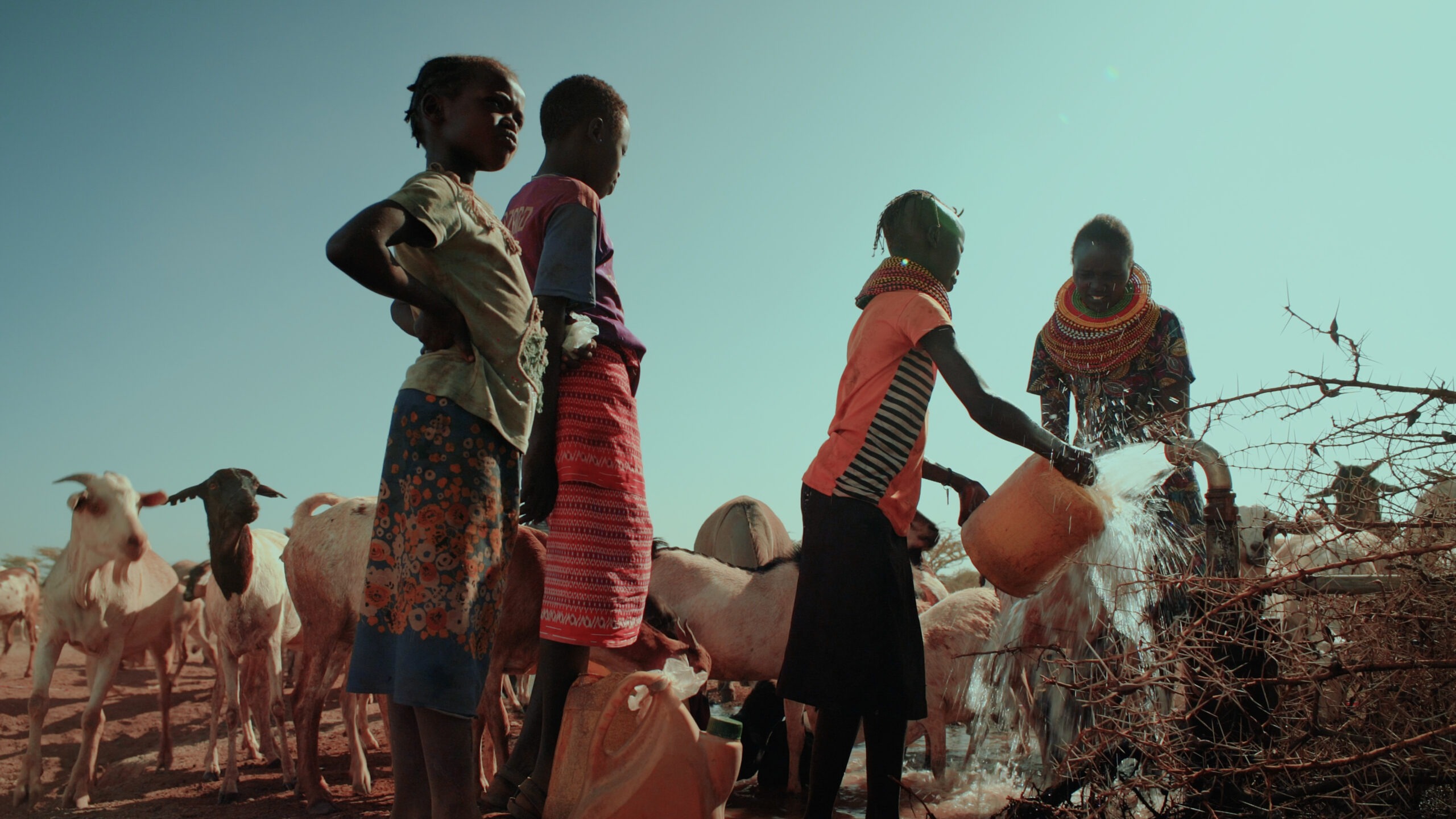
Isiolo County’s Aroo Ngaremare ward is a growing community in Northern Kenya made up mostly of pastoralists from the Turkana, Meru, Somali, and Borana ethnic groups. Unfortunately, Aroo is also a hotspot for drought, acute malnutrition, and resource-based conflict.
“The drought has really affected us,” said Regina Napeyok, a longtime Aroo resident. “As a pastoralist community, we mainly depend on livestock for food and income, but, because of the drought, our livestock died as they migrated far in search of pasture and water. We also used to travel long distance in search of water for livestock and household consumption, but the water would make us sick as it was contaminated by the animals. “
Isiolo is one of the counties affected by the recent drought in Kenya. After four consecutive failed rainy seasons, the depletion of pastures and loss of livestock pose significant threats to pastoralists’ livelihoods. The failure of crops only exacerbates the problem. The drought, which is the worst in the last 40 years, has led to hunger, conflict, and malnutrition, affecting the lives of millions of Kenyans in arid and semi-arid lands (ASALs).
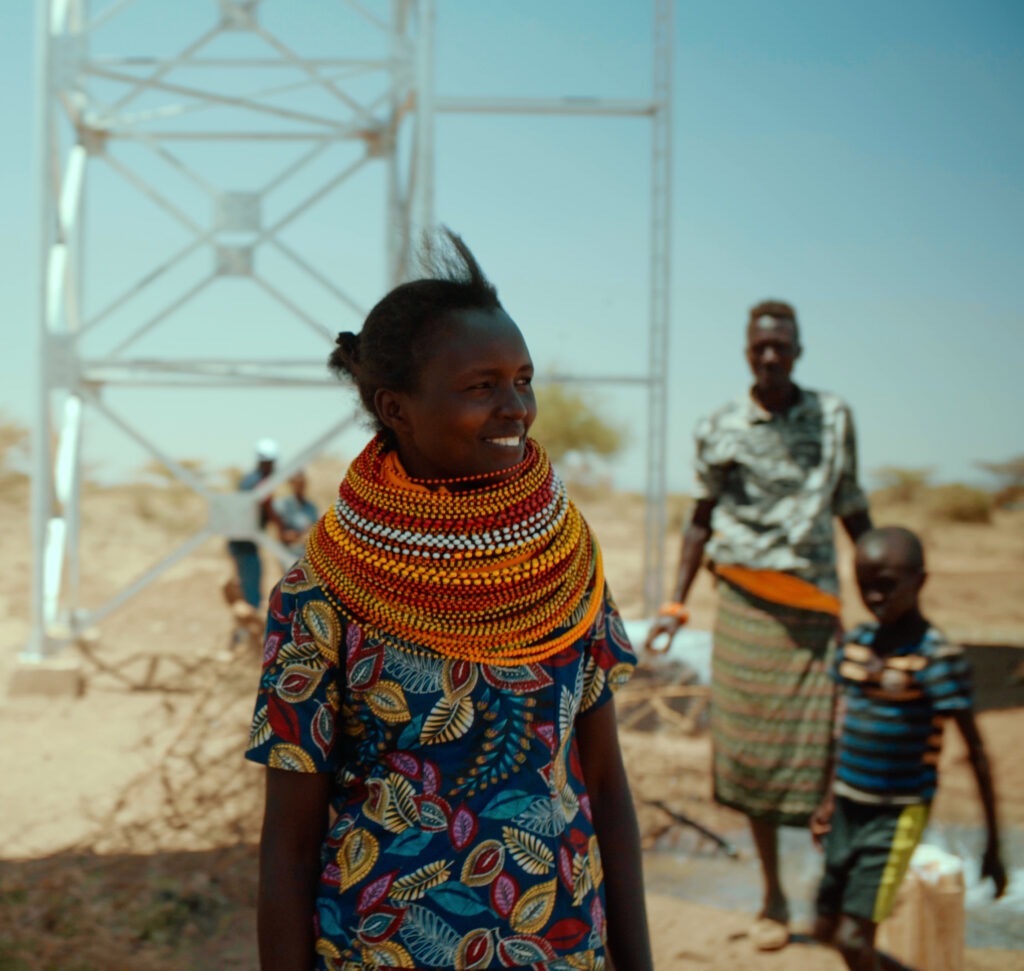
A Multi-Partner Approach
To resolve these challenges, the county government and several USAID and non-USAID partners implemented the Aroo water project. They developed the project in partnership with USAID’s Partnership for Resilience and Economic Growth (PREG) coordination mechanism, which aims to coordinate efforts among USAID implementing partners in six ASAL counties to better integrate humanitarian and development assistance.
The USAID Resilience Learning Activity (RLA), a learning partner that supports PREG, provides a platform for USAID implementing partners and County Governments to jointly plan, implement, and monitor activities. With RLA support, the joint workplanning process allowed Isiolo County representatives to easily coordinate multi-sectoral discussions. Ultimately, the goal of RLA is to strengthen the collaborative framework toward more locally-led development efforts.
“The county identifies opportunities for leveraging with other partners to eliminate duplication among partners, assess past progress, and jointly examine data and evidence to identify priority areas for the next fiscal year,” said Mohammed Boru, Isiolo Deputy County Secretary.
The joint process also allows partners and county governments to identify areas for sequencing, layering, and integration of activities, such as the Aroo water project. This allows partners with a shared goal to address a broader range of community challenges and maximize their impact.
Partners Divide and Conquer on Water Project
With support from RLA, Isiolo County’s government began co-leading several activities, including the Aroo water project. USAID and non-USAID partners identified the site for the water project collaboratively. The county initiated the drilling of boreholes and test pumping, with USAID Nawiri supporting the development of water infrastructure, including a solar pumping system, water distribution lines (2.2 kilometers), two community watering points, three cattle troughs, farms, an elevated steel tank, and a sanitation block at the watering point.
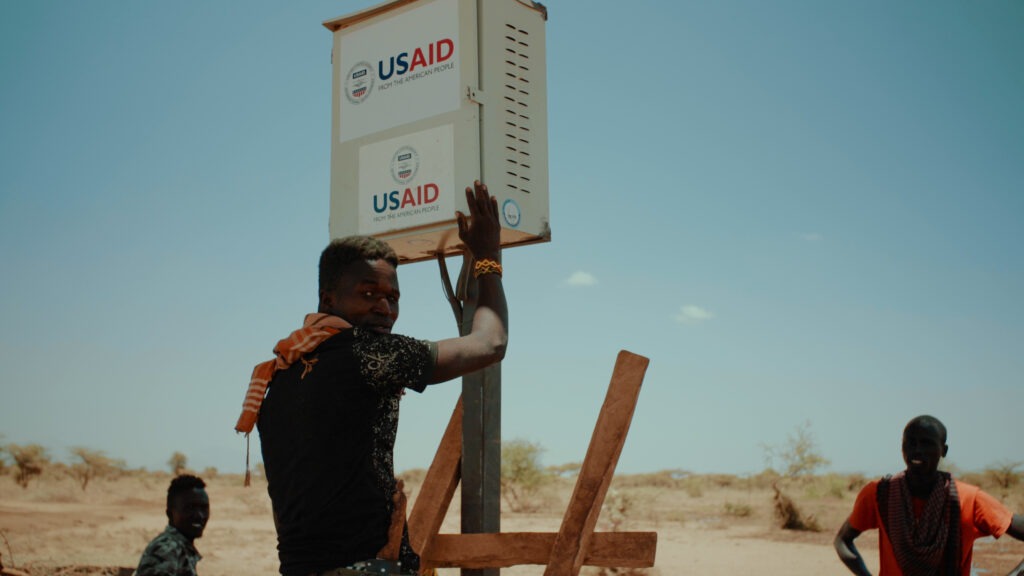
The World Food Programme supported water resource management and capacity strengthening of water management institutions, including the Water Management Committee, as well as irrigated agriculture within the site and provision of a reservoir tank and shade nets to targeted youth groups.
The Feed the Future Kenya Livestock Market Systems Activity supported the strengthening of the Ward Planning Committee and the Northern Rangeland Trust, which, in turn, supported the Nakuprat Gotu Conservancy in water strategy development, peacebuilding, and conflict management. The activity also supported the Water Resources Authority, the Centre for Training and Integrated Research in ASAL Development (CETRAD), and the Kenya Resilient Arid Lands Partnership for Integrated Development Plus (RAPID+) program, funded by the Swiss Agency for Development and Cooperation. The RAPID+ program is supporting the installation of four prepaid water meters four water kiosks and the installation of borehole sensors.
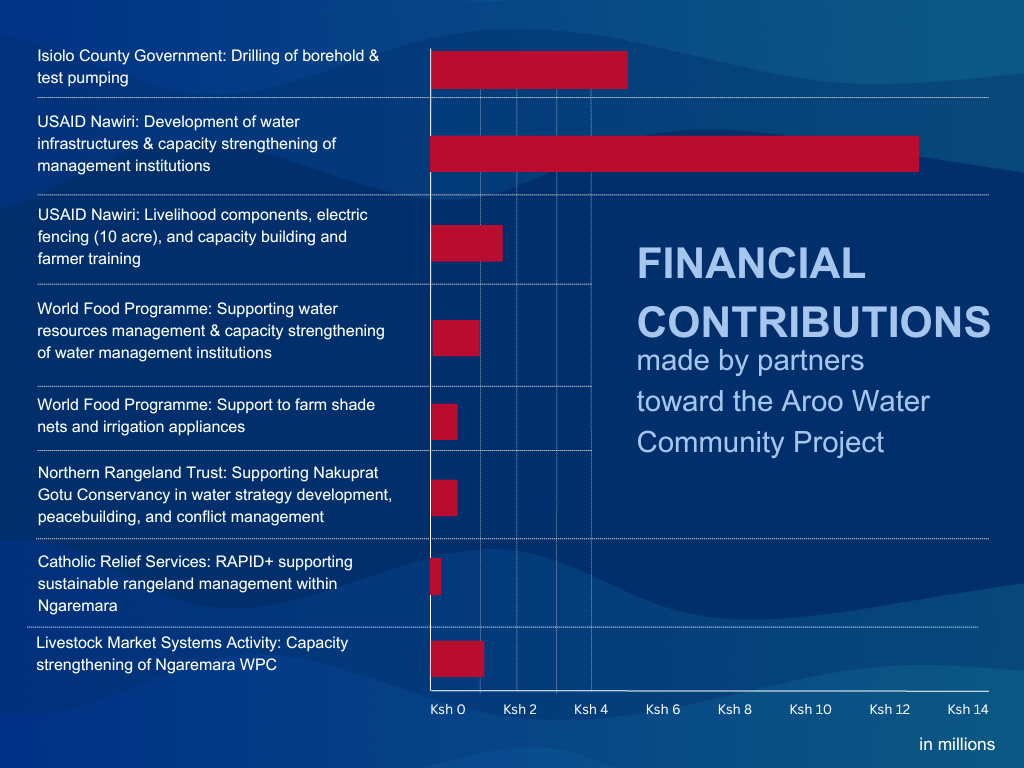
“We are happy now,” said Regina. “I do not have to walk a long distance in search of clean water for my livestock and for drinking and cooking.”
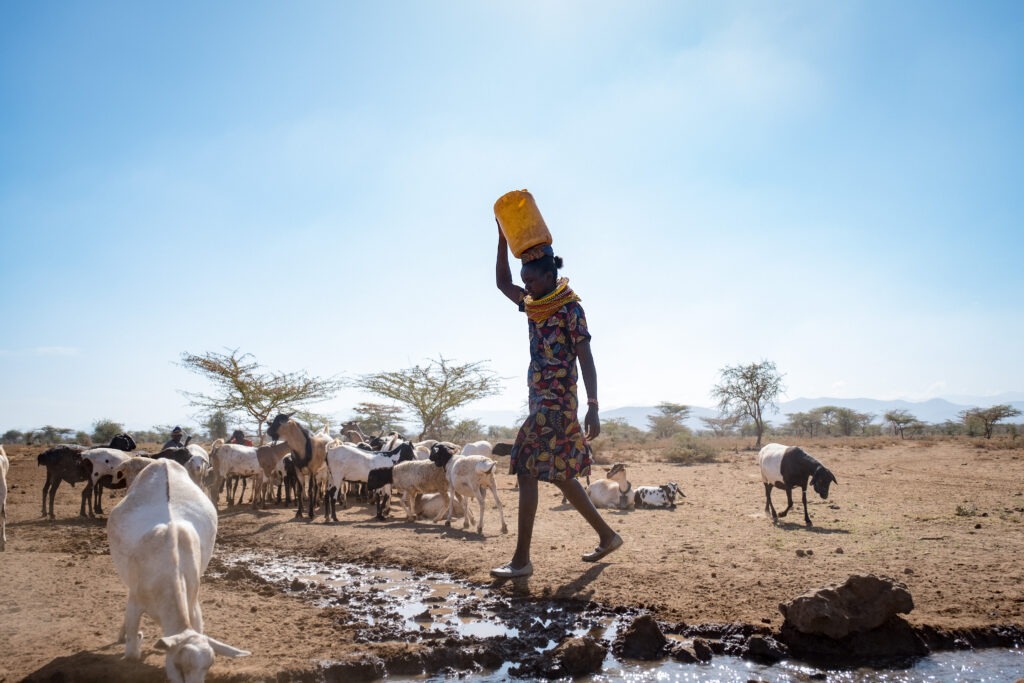
Because of these efforts, cases of waterborne diseases drastically reduced, and the community began sharing water resources without conflict.
“We have trained water committee members on how to best manage the available water resources among the communities,” said Josephine Ekiru, of the Northern Rangeland Trust. “They have schedules on when the different communities can come to the watering point, and this has greatly improved the management if the water resources.”
Aroo’s new water system will provide water not only for domestic use but also for livestock and micro-irrigation purposes. Aroo is an up-and-coming settlement with a population of about 300 people and a livestock population of about 5,000 cattle, 10,000 shoats, and 200 camels. It is just one example of how USAID’s integration of humanitarian and development assistance helps address recurrent stressors, such as drought.
Learn more about the Resilience Learning Activity.
Learn more about our work in Kenya.

